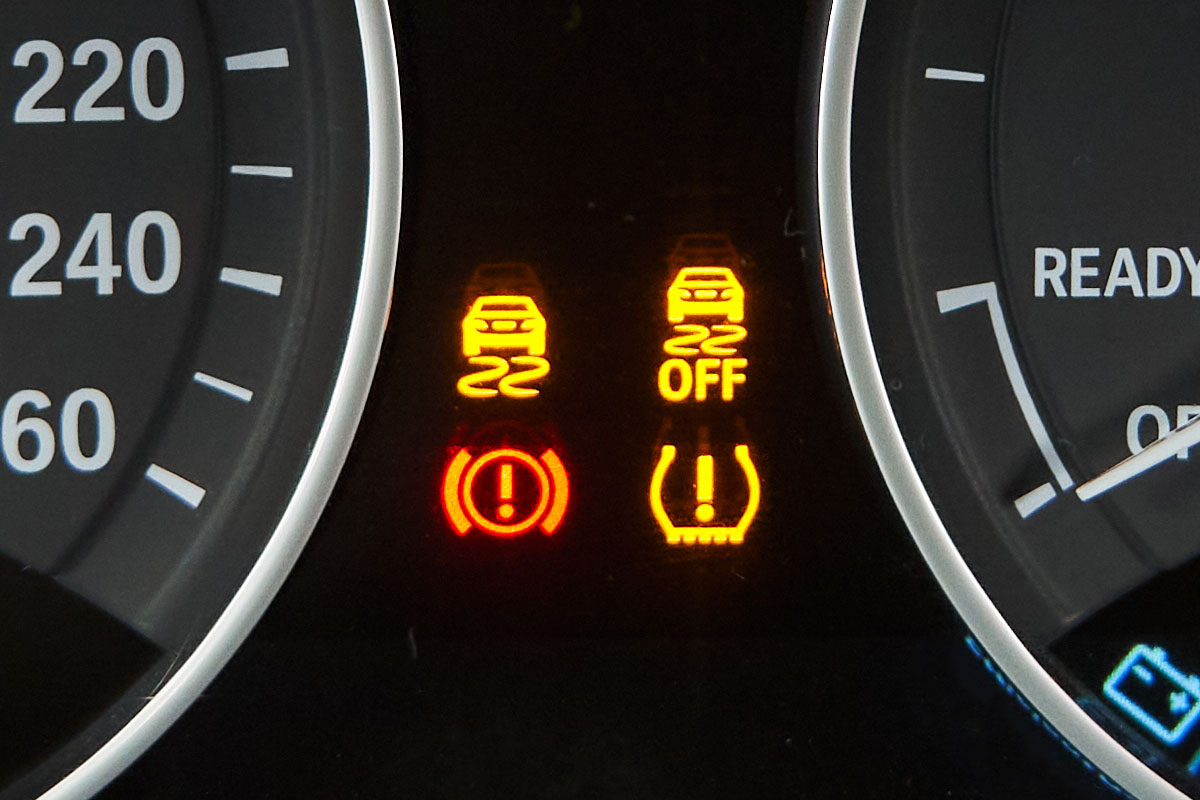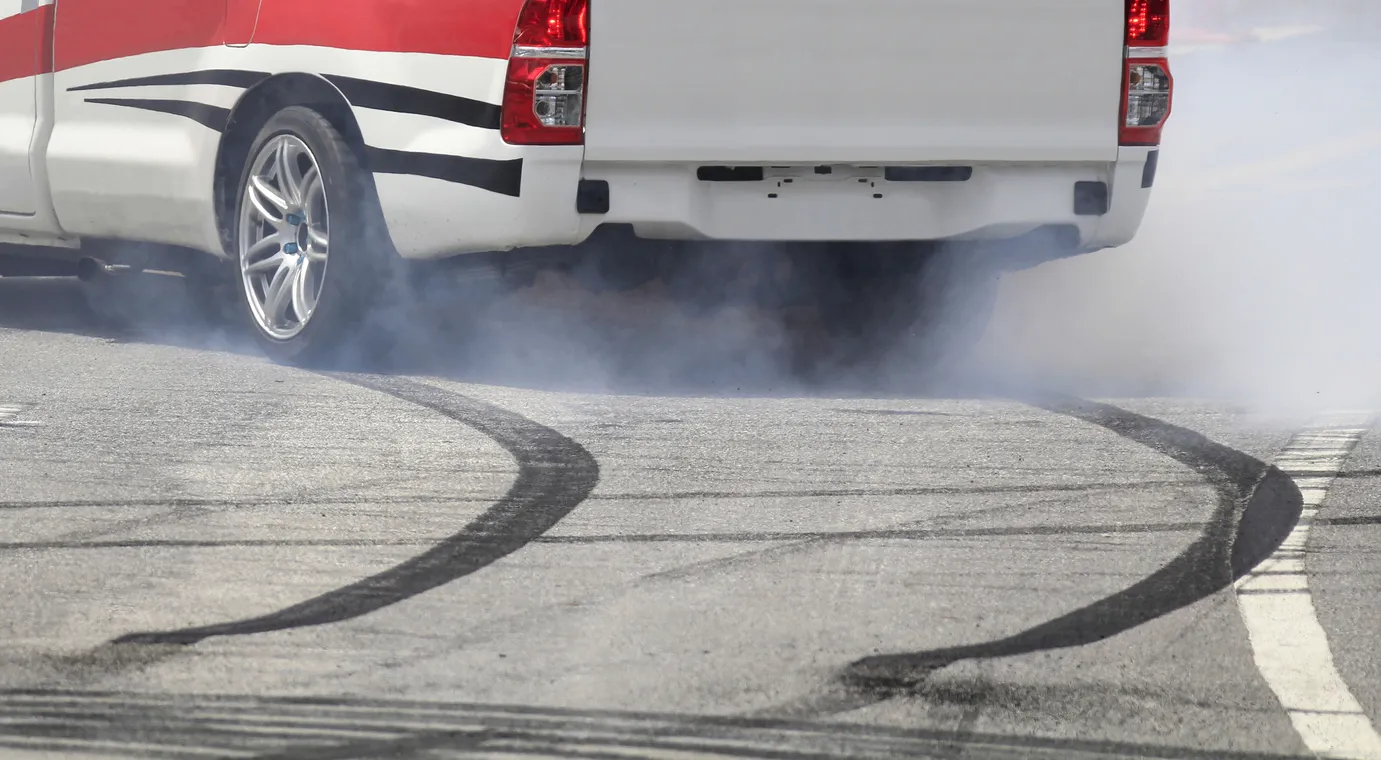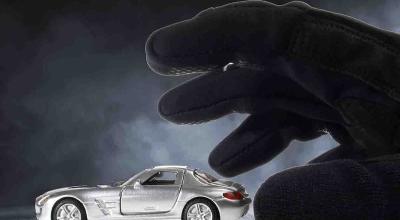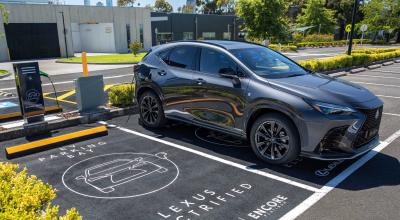Traction Control Systems Explained: Keeping You Safe on the Road

by AutoExpert | 6 September, 2024
Ever noticed thаt little traction control light on your dаshboard flickering on? It's more thаn just а random light; it's your car’s way of giving you a heаds-up about its traction control system. Todаy, we’re diving into what makes that light tick and why it’s something you should keep an eye on.
First up, traction control—what's that all about? Imаgine you’re driving and one of your wheels stаrts spinning fаster than the others becаuse it’s lost grip. Traction control is like your car’s reflex to prevent that spin and help the wheel regain its grip. It works with the anti-lock brakes (ABS) system, using sensors on each wheel to keep tabs on their speed. If a wheel starts to slip, the system will gently apply the brakes to that wheel, helping it to match the speed of the others and get back its grip.

Now, when should this system be up and running? Pretty much all the time. From the moment you start your car, traction control is on guard, ready to spring into action. Whether you’re cruising on gravel, navigating through rain, or zipping around a snowy curve, it’s quietly working to keep your ride smooth and steady. However, there are a few times you might want to turn it off—like if you’re using a spare tire that doesn’t match the others, or when you're feeling adventurous on a racetrack and want more control for things like drifting or quick laps.

So why might that traction control light stay on? It could light up for a few reasons: it’s actively working, it’s been turned off, or there’s a fault somewhere in the system. Common culprits behind a fault are things like wonky wheel sensors, mismatched tire sizes, or even a tire that’s not inflated just right. If it’s just blinking, that’s traction control in action. But if it stays lit? Time to get it checked out.
Traction control vs. stability control vs. ABS—what’s the difference? While they're all about keeping you safe, each plays its own role. ABS prevents the wheels from locking up during a sudden stop, traction control keeps them from spinning out of control, and stability control helps correct your car’s course if it starts to fishtail or slide.
And if you find yourself needing a fix? Well, it might not be cheap. Something like replacing a wheel sensor could set you back a couple hundred bucks, while bigger issues like a faulty brake module could creep up towards a thousand or more.
Bottom line? Traction control is a key player in making your drives safe and smooth. If that light comes on and stays on, don’t ignore it. It might just be your car’s way of whispering for a little TLC to keep everything running right.


















